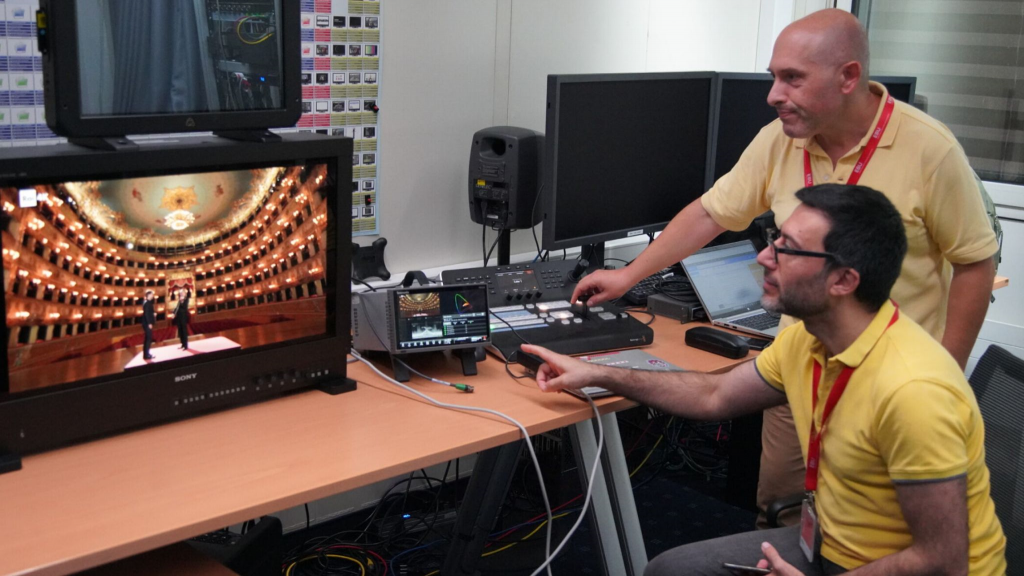Dynamic HDR Converter tests
Despite the widespread commercial adoption of HDR technology, significant opportunities for improvement persist. Rai CRITS actively participated in recent tests conducted by the EBU Video Systems, highlighting that dynamic HDR converters can yield extraordinary results in terms of image quality, surpassing static converters, particularly in handling compression in high lights. It is important to note, however, that artefacts may emerge in certain circumstances, which is why research in this area remains ongoing.
Currently, static HDR-to-SDR converters are employed for live productions. These devices are commonly used to transform images from a high dynamic range to the standard range necessary to ensure compatibility with all televisions. Static converters provide reliable and high-quality results, solidifying their position as the globally considered safer approach.
In contrast to static converters, dynamic HDR converters have the ability to analyse the entire image and adapt their conversion strategy accordingly. They can also consider multiple frames, offering, for example, customised conversions based on the framing. This approach could result in superior quality SDR images and potentially even better HDR images, especially in contexts involving combined HDR-SDR live productions.
The test results, as described in EBU technical report 078, highlight the dynamic converters’ ability to excel in high lights compression, colour adaptation (gamut), but also emphasise the potential introduction of additional noise, temporal artefacts, and changes in graphic levels. The report also provides valuable advice for users eager to experiment with HDR converters in their productions.
https://tech.ebu.ch/docs/tech-i/tech-i-058.pdf
